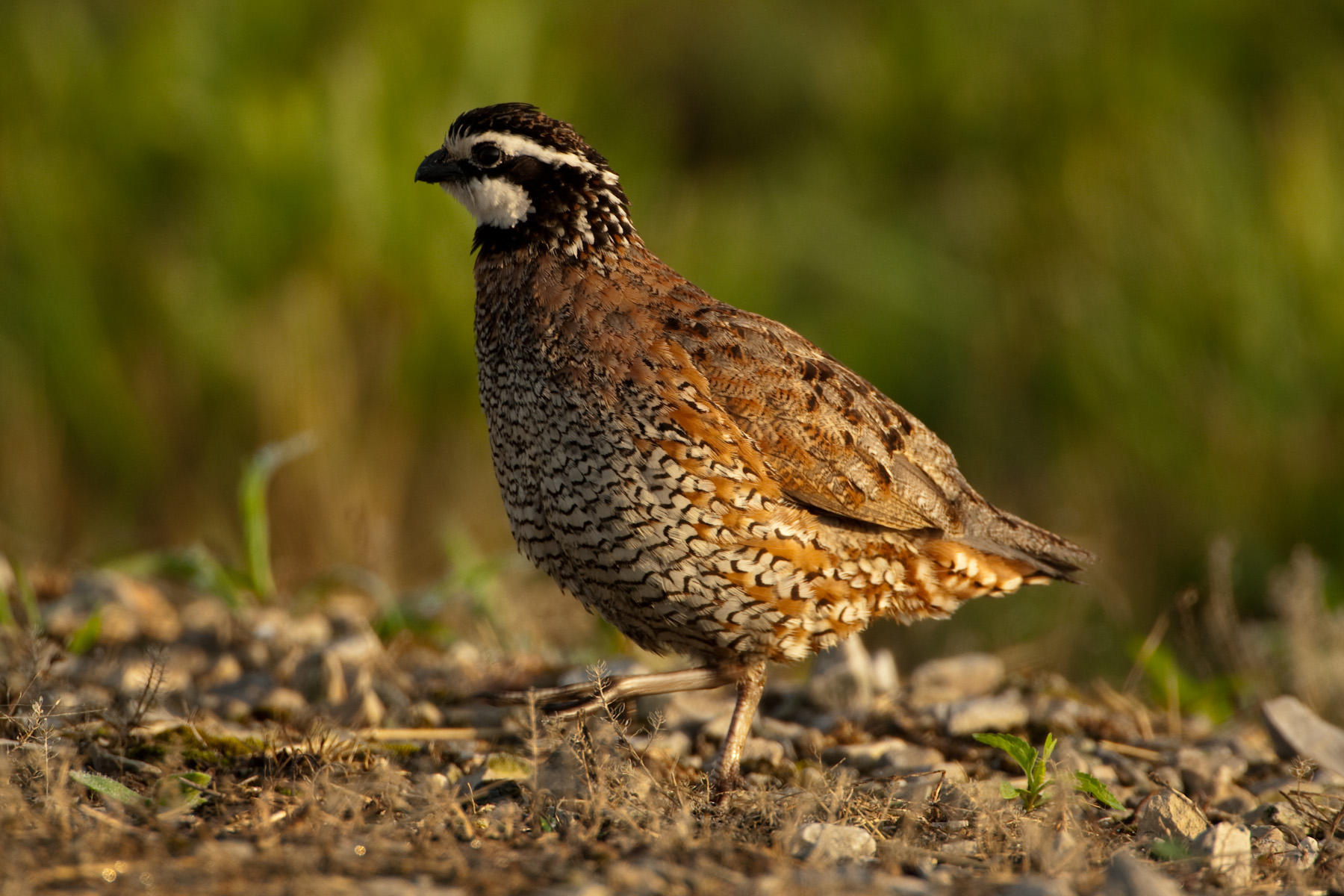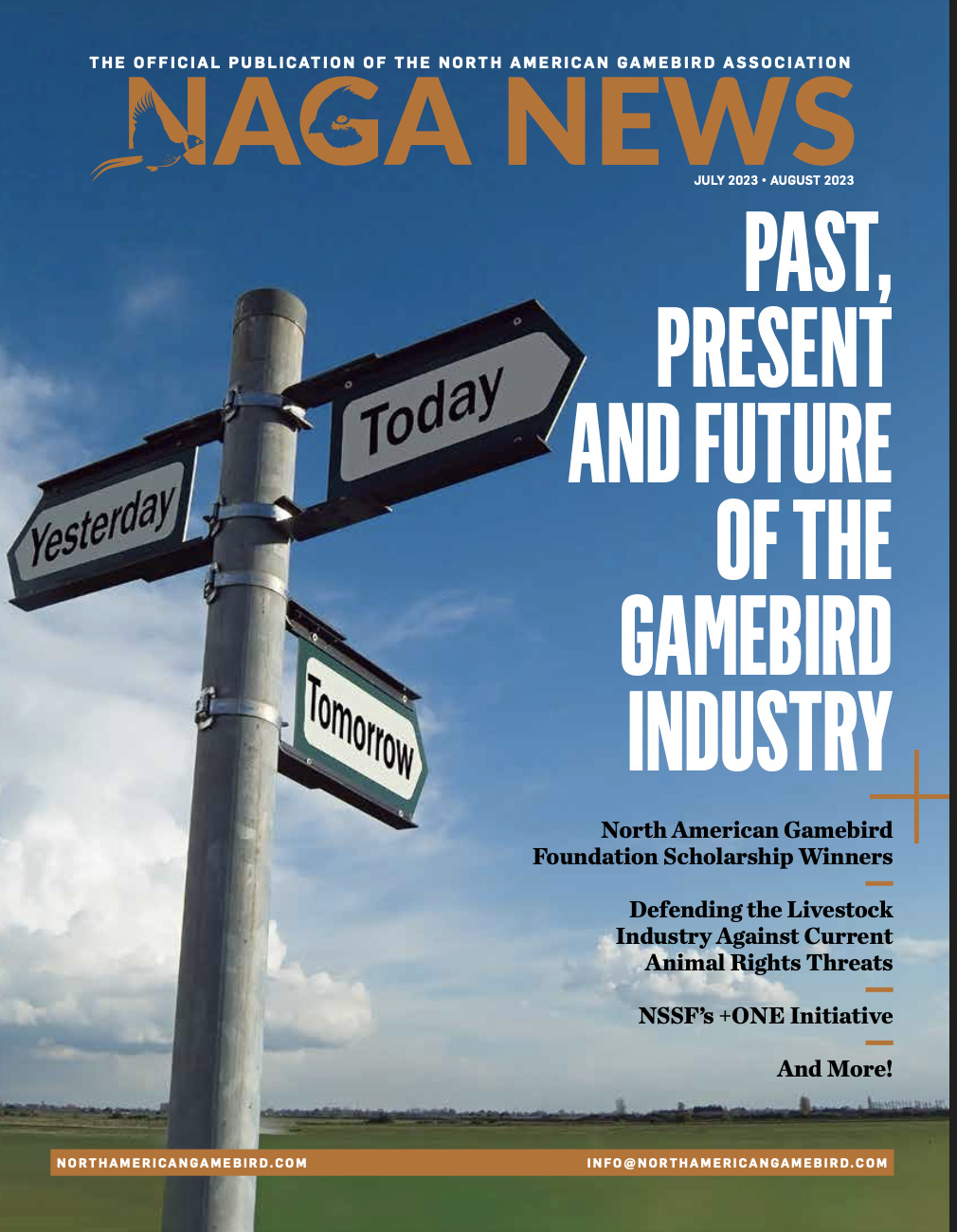 Also known as Virginia quail or bobwhite quail, the Northern Bobwhite is native to the United States, Mexico, and the Caribbean.
Also known as Virginia quail or bobwhite quail, the Northern Bobwhite is native to the United States, Mexico, and the Caribbean.
The clear, whistled “bobwhite” call was once a common sound throughout the birds’ range. It’s much rarer today; populations plunged between 1966 and 2014, resulting in an overall decline of 85 percent, according to the North American Breeding Bird Survey.
Habitat loss and the increased use of pesticides are thought to be the culprits behind this steep decline—a worrisome trend also noted in other birds sharing similar habitats, including Loggerhead Shrike. The pest control augusta ga can help with getting rid of the unwanted pests.
A Bevy of Bobwhites
The Northern Bobwhite is divided into a whopping 22 subspecies. Some of these were formerly considered to be separate species, including the Rufous-bellied Bobwhite and Black-headed Bobwhite. One subspecies, the Masked Bobwhite, is federally listed as endangered.
Northern Bobwhite populations are non-migratory, particularly where there is good habitat available. This species is a popular game bird and is the well-studied subject of many different management programs. (For example, the University of Missouri Extension Service provides recommendations for landowners who want to increase quail on their property.)
Ground Gleaners
Like related quail species such as Gorgeted Wood-Quail, the Northern Bobwhite has a short, curved bill; a chunky, roundish body; and a short tail. They are ground-dwelling birds, preferring to walk or run, although they are capable of strong, short bursts of flight, particularly when fleeing from predators.
These quail are more often heard than seen, since they tend to stay within dense low cover where their dappled brown-and-white plumage provides excellent camouflage. But sometimes, especially when calling in spring, male bobwhites will occupy a highly visible location, such as atop a fencepost.
Northern Bobwhites feed by gleaning along the ground, consuming a largely plant-based diet of seeds, fruit, stems, and leaves. They add insects, spiders, and snails to the menu during spring and summer, particularly when providing food to their young.
Safety in Numbers
Each fall, Northern Bobwhites form groups, or coveys, of three to 20 birds. At night, these coveys roost in a close-packed, outward-facing circle with their tails pointing toward the center, probably to conserve heat and stay alert for predators. As a very social species, they stay in coveys until the beginning of nesting season each spring, when they begin to pair off.
Although seemingly monogamous during the nesting season, each member of a bobwhite pair may mate with several different partners, a strategy which ensures maximum genetic fitness and diversity. Both sexes work to build the nest, a simple scrape on the ground lined with leaves and grasses. These birds often weave dry grass or weeds to form an arch around the nest, which hides it from potential predators. In some south Texas populations, the female will leave the male to incubate and hatch one nest while she starts another.
Female bobwhites lay large clutches of 12 to 16 eggs, which both parents incubate. The hatchlings are precocial (they emerge from the egg covered in down, able to walk, with eyes open) and leave the nest shortly after hatching.
Young bobwhites are fed and cared for by their parents for several weeks after leaving the nest. In a good nesting season and in suitable habitat, female bobwhites can raise several broods per year.
Like Black-necked Stilt, Piping Plover, and other ground-nesting birds, adults may perform broken-wing displays near nests or fledglings to draw predators away.
Benefitting Bobwhites
Fortunately, Northern Bobwhites can respond positively and quickly to habitat management changes on working lands, and projects supported by groups like the American Bird Conservancy are focusing on increasing quail numbers.
ABC also joins forces with other groups, including the Northern Bobwhite Conservation Initiative, to create habitat for the bobwhite and other bird species found in similar habitats, including Painted Bunting, Prairie Warbler, and Dickcissel.
Provided by the American Bird Conservancy.


